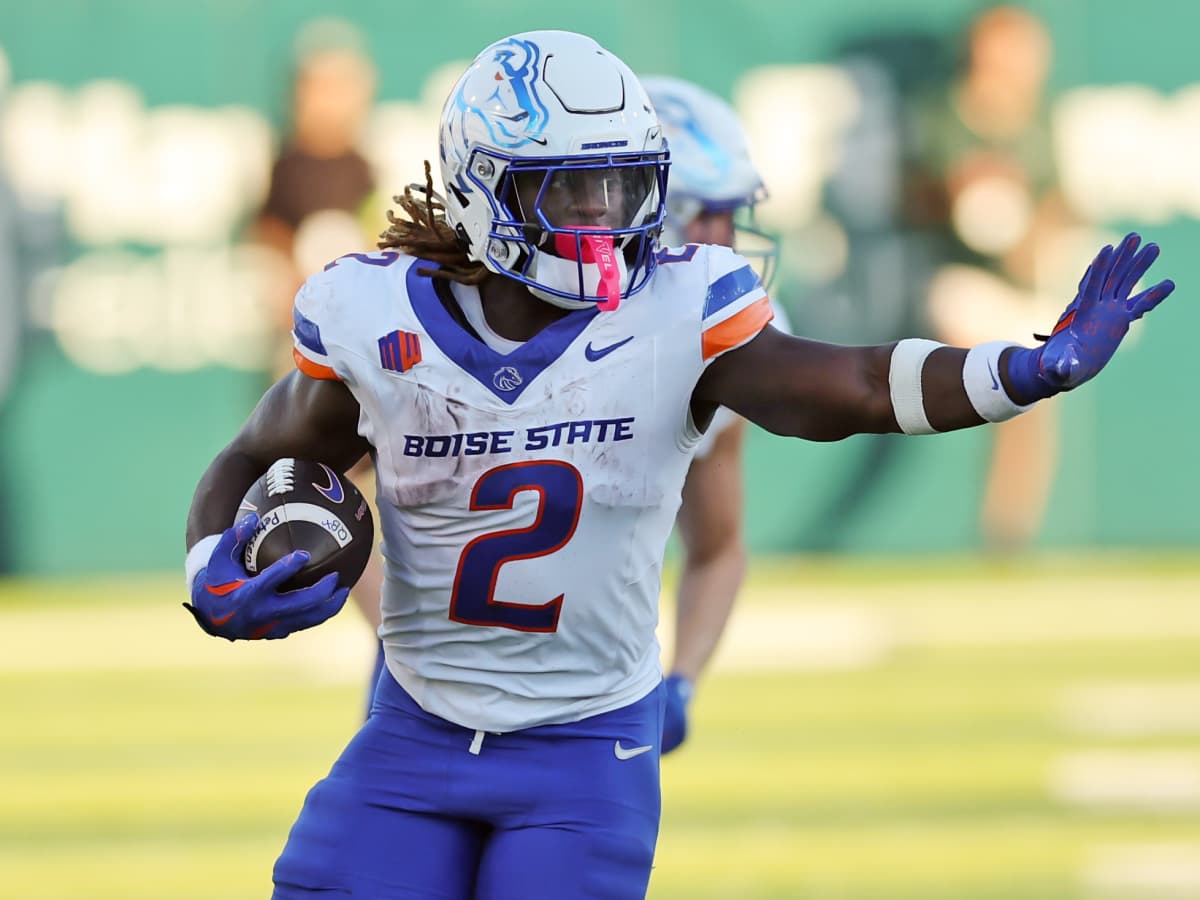Determining Draft Grades Immediately After The Draft – Is This Taboo or Just Click Bait?

History
The NFL Draft has been providing after draft grades for a long time, which has always been entertaining, but very misleading. I’ll tell you why. First of all, there is a hole in your stomach after the draft to waiting to see if the analysts believe your team got it right. Guys like Mel Kiper Jr. and Todd McShay have been at the forefront of providing draft analysis immediately after the draft pick is announced. The typical video comes on and some analyst goes through what you are seeing and tries to sell the draft pick to the audience because it keeps people glued to the information.
What it really does, is provide entertainment. Every analyst on television or in a paper has no idea if the player is going to be any good in the NFL let alone at that very moment after the players name has been called. So delivering draft grades immediately following the draft pick being made is almost as informative as the weather on Mars.
The Grading Scale
Ultimately this goes back to the days of evaluating players for video games, like EA Sports Madden Football. Since the inception of the video game, the ratings have been somewhat of an indicator to determine the possible development of a player and their initial impact into the NFL, which caught on to NFL analysts to provide these grades, which are completely subjective based on the perspective of the analyst.
To provide an accurate assessment on how well a team drafted in a single off season, you have to give at least a 3 year buffer on the draft class to see how the players work out in the league.
The worst part is, how does an NFL analyst know to give a grade of A- or B+? What is the grading scale in which to measure this against? Short answer is: there is no grading scale and there is not one that has been developed.
Disclaimer – There are some teams who get a steal in the draft and thus could suggest that the pick received this grade because of the position and potential. Prime example is Nakobe Dean, LB, Philadelphia Eagles. A first round projection but dropped to the 3rd round because of an injured pectoral muscle which could have put him on the shelf for the season. Turned out he didn’t need surgery and the Eagles got a heck of a player.
Ultimately, I have done the grading the draft pick thing, and I am an admitted hypocrite. While I tried to look at the pick objectively, it was near impossible because there is no baseline to the root of the grading scale.
Baseline for Grading
It is damn near impossible to come up with a baseline for the grading scheme because of the variables being so far spread, it becomes unquantifiable to place a player into a position and objectively grade that player against every other player in that draft who is categorized as the same position.
Then, to objectively determine that a player is a good fit for the team that drafted him and not incorporate some weighted value against idea to stipulate the difference between the perspective of the analyst and the perspective of the team General Manager, whom it is their job to evaluate players that will make their team better through the draft.
It is the job of the GM to have lengthy meetings and film sessions with coaches to go over team needs, best players available, draft scenarios, trade options and a whole lot more to provide an immediate judgement on if that team made the right pick or not. And to be honest, do you believe that any GM is going to look at some analyst and say, “Your draft grades from last year really made me think about my picks this year.”

Creating a Baseline
Just like the numerous types of trade charts giving value for every pick within the NFL draft, which serves as a guide for fair trades, a baseline for grading the draft could also be developed to give initial grades for the draft, but must be revisited at minimum 4 years to really open up a whole new level of analytics outside of just on the field statistics.
In the sweeping world of analytics driving the decision making with numbers of key factors, surely someone has thought of how to create the baseline for grading the NFL draft. Maybe that should be something I could do. It might actually be something that could be more streamlined and avoid an actual opinion based grade which is completely subjective. Numbers don’t lie.
What are your thoughts?

